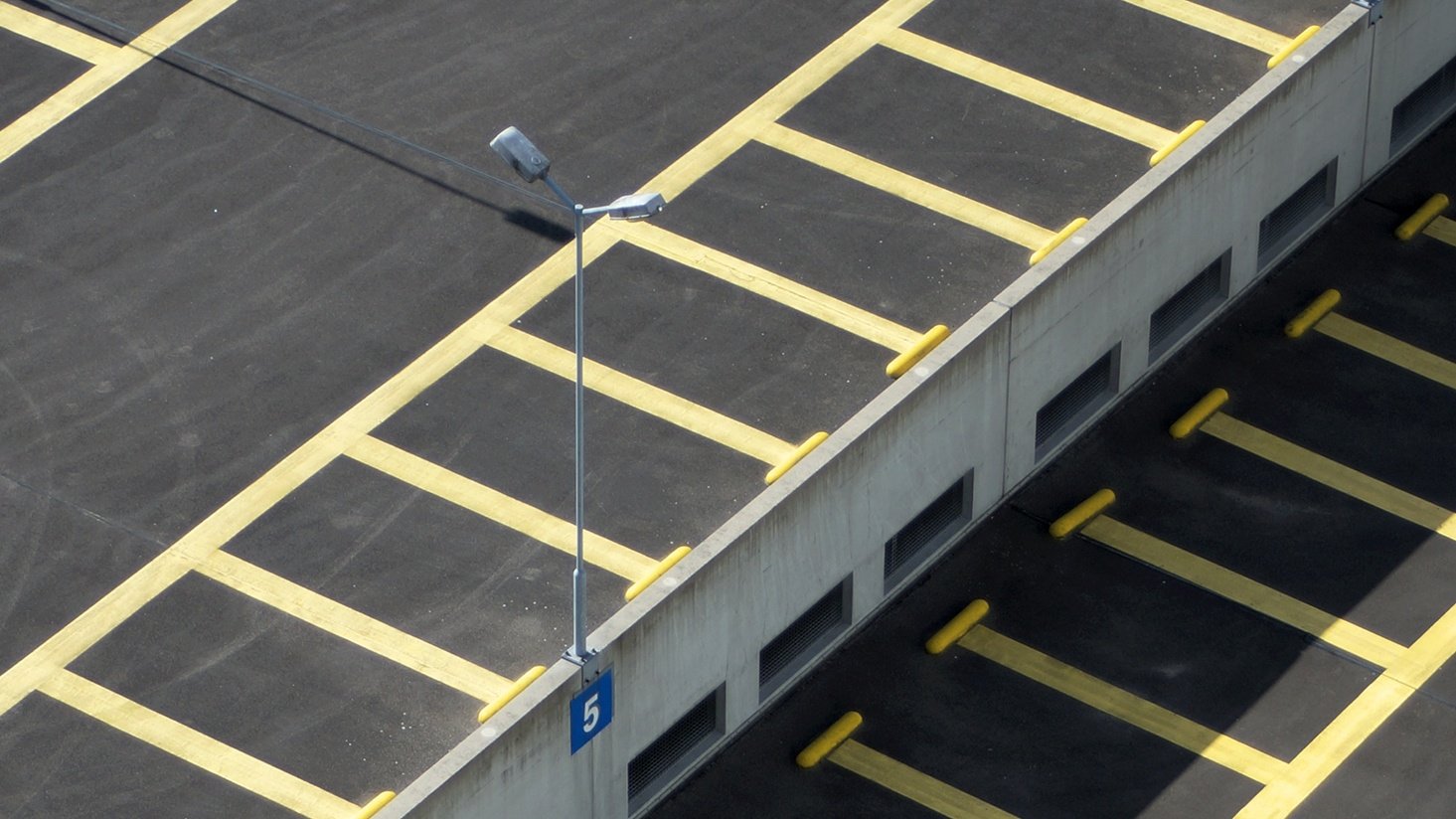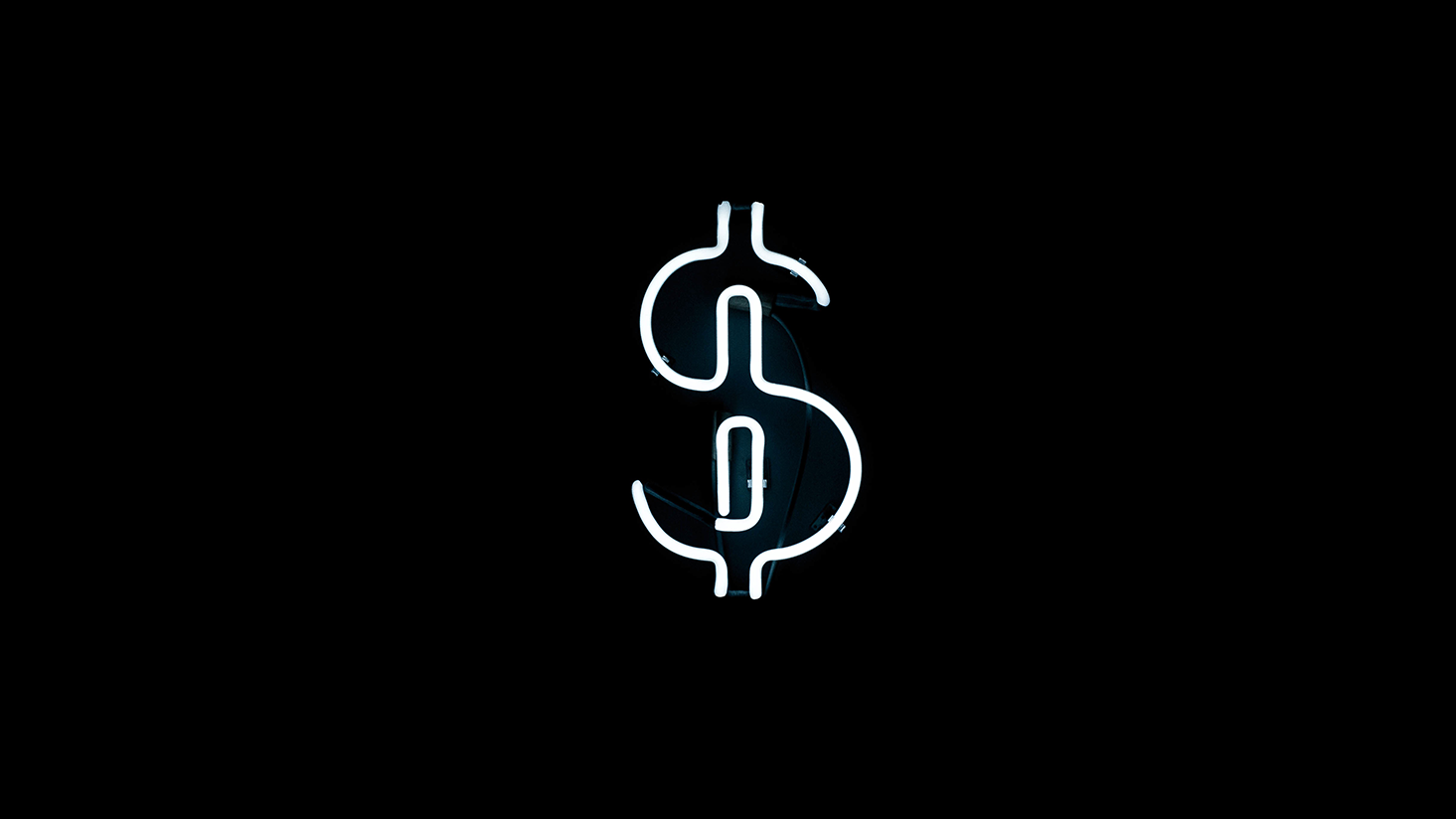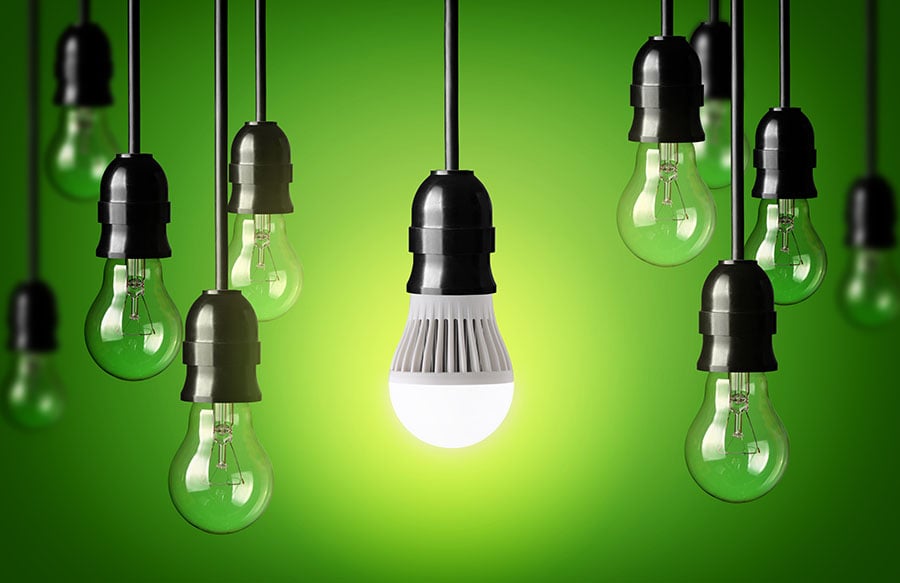How to calculate return on investment (ROI) and payback for your lighting project

This is the fifth and final post in our series about savings and payback calculations for lighting retrofits. We have made it through the calculations to tally up how much can be saved, but what does that actually mean for your business and for your bottom line? How fast can you make your money back and let your new, efficient lighting pay for itself? Let’s get started.
The Principle
Saving money is great, but if you're not careful, it can be pretty easy to “go broke saving money.” Payback on an investment is the amount of time it takes for you to save the amount of money you initially invested. Return on Investment (ROI) is basically a ratio that tells you how profitable or beneficial an investment is for you.
For our example, we will continue using the example we established in our first article: 'How to calculate energy savings for lighting only: A step-by-step guide'. You are replacing a 90 watt PAR 38 bulb with a 14 watt LED PAR 38 that operates 12 hours per day and 360 days per year. Let’s get started!
Step 1: Gather Your Facts
You will need to pull together the total project cost before we dive into the calculations.
- Total project cost: Make sure you include all costs associated with your project. What is the cost of new materials? What is the cost to install? Are there any additional costs like disposal/ recycling of old products that should be included? In our example, let’s assume you are replacing 100 bulbs at an all-in cost of $40 per bulb, which includes installation and disposal of the replaced bulb. Our total project costs will be $4,000.
Step 2: Calculate Your Annual Retrofit Savings
Now is when all of those calculations we went through in the last four articles really “pay off." Here is a recap of where we stand:
| $39.36 per socket total annual lighting savings (See our work here.) |
|
| + | $4.97 per socket total annual HVAC savings (See our work here.) |
| + | $10.71 per socket total annual material savings (See our work here.) |
| + | $16.71 per socket total annual labor savings (See our work here.) |
| = | $71.75 Total Annual Savings per Socket |
Now that we have our total savings per socket, let's figure out the total project savings:
| Total annual savings per socket | |
| x | Total sockets |
| = | Total annual project savings |
| $71.75 annual savings per socket | |
| x | 100 total sockets |
| = | $7,175 total annual retrofit savings |
Step 3: Calculate How Long it will Take to Make Your Money Back (Payback)
Since a lighting retrofit will continually save you money, we can figure out how fast that savings will pay for your investment.
| Total project cost | |
| ÷ | Total annual retrofit savings |
| = | Payback in years |
| $4,000 total project cost | |
| ÷ | $7,175 total annual retrofit savings |
| = | |
That’s pretty good! Let’s figure out the payback in months:
| Payback in years | |
| x | 12 months |
| = | Payback in months |
| x | 12 months |
| = | |
It might be time to celebrate!
Step 4: Calculate How Profitable Your Investment Is (Return on Investment – ROI)
We know the savings will pay for the project quickly, but many times presenting the ROI to a financial decision-maker is most effective in communicating value.
| Total annual retrofit savings | |
| – | Total project cost |
| = | Net savings |
| ÷ | Total project cost |
| = | Return on investment (ROI) |
| $7,175 annual retrofit savings | |
| – | $4,000 project cost |
| = | $3,175 net savings |
| ÷ | $4,000 project cost |
| = | 0.79 return on investment (ROI) |
Most of the time, ROI is shown as a percentage, so let’s multiply by 100:
| 0.79 return on investment (ROI) | |
| x | 100 |
| = | 79% return on investment (ROI) |
A positive ROI means that your project will pay for itself in less than a year, which is pretty good.
Now, how about a bonus for all your hard work?
Additional Resources:











